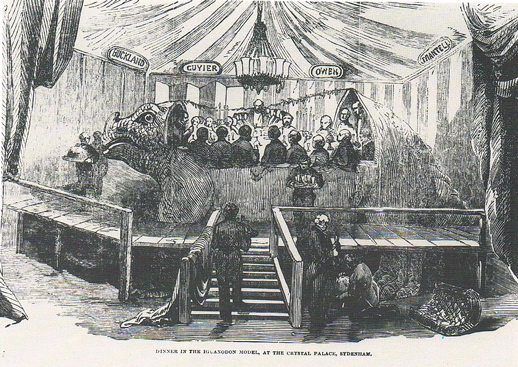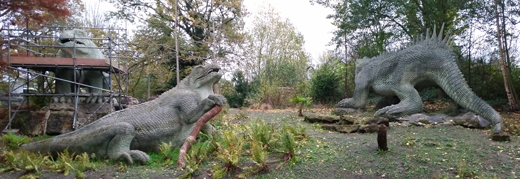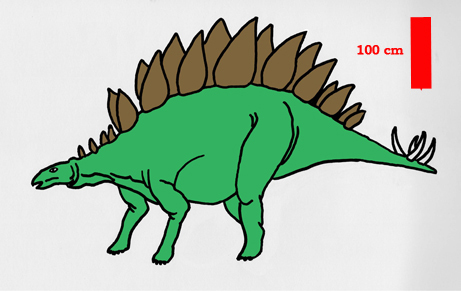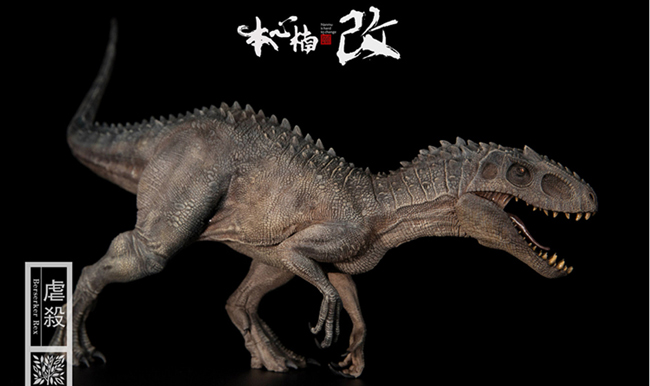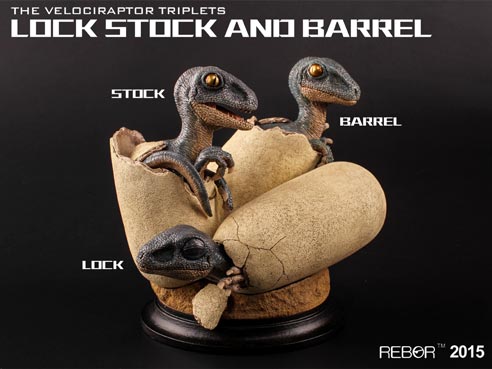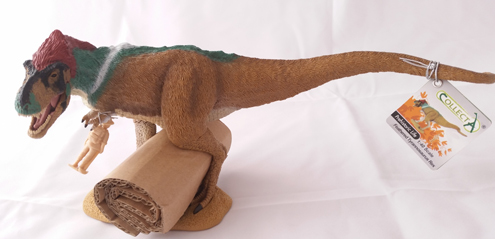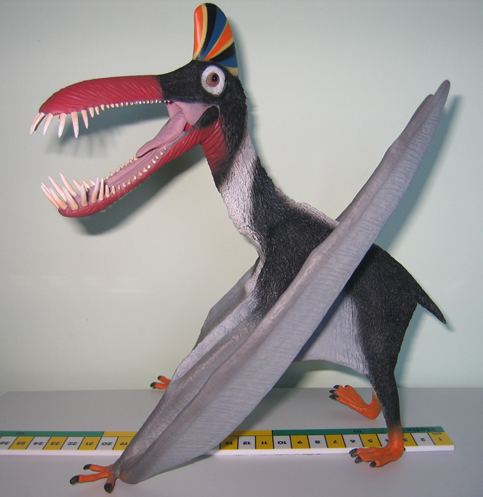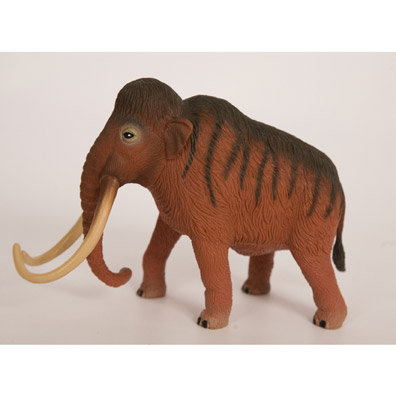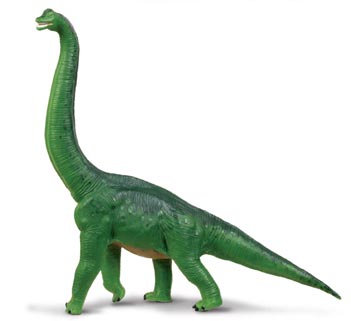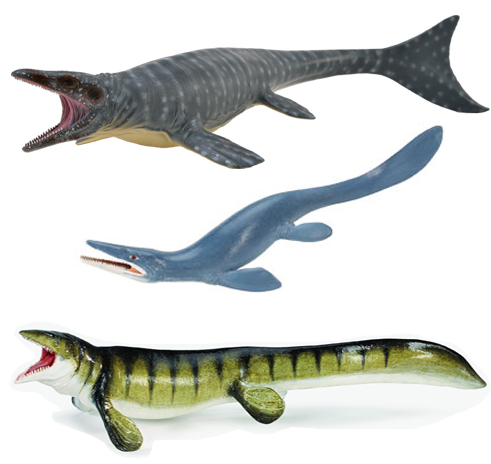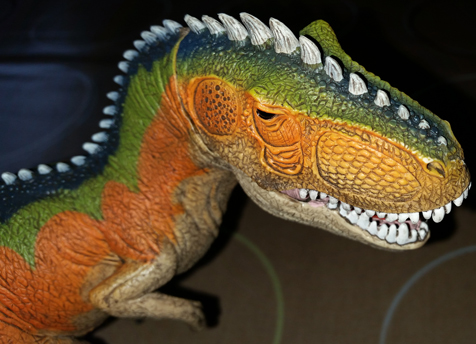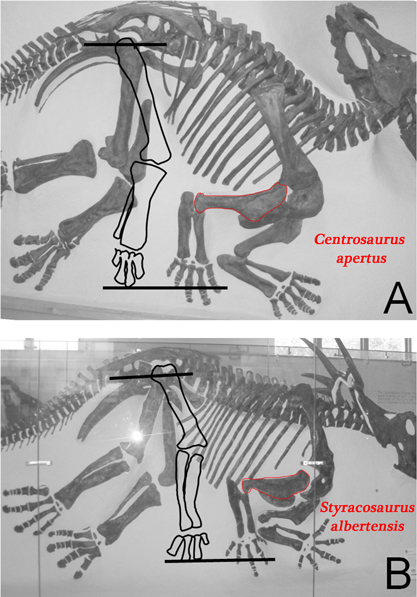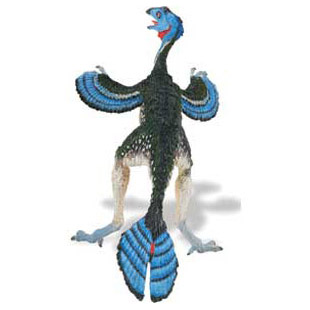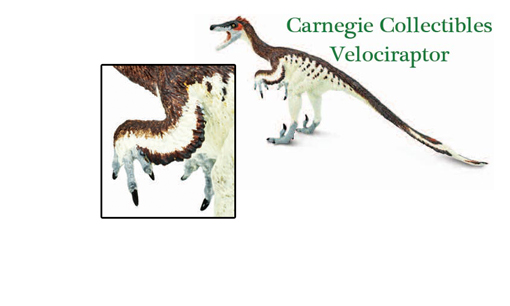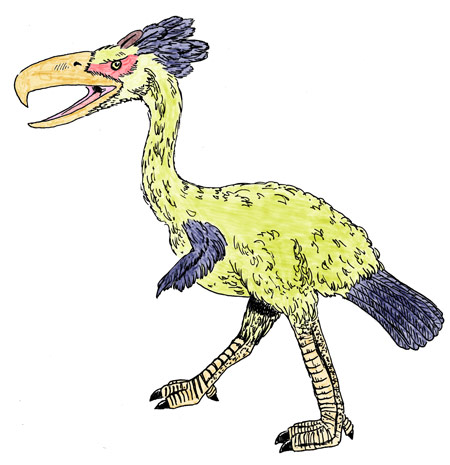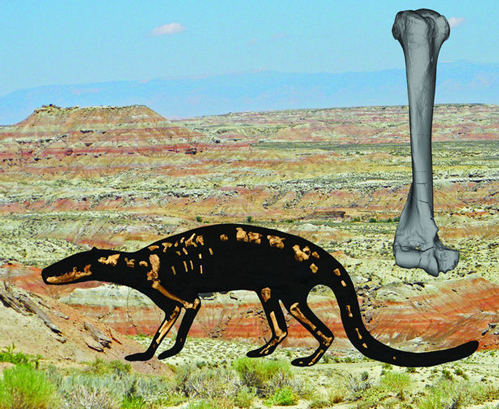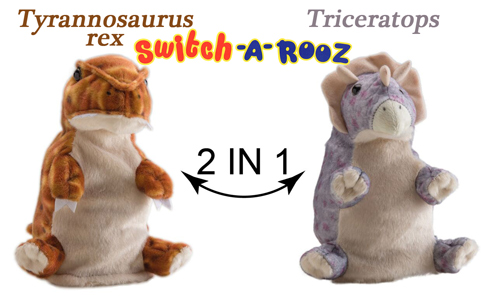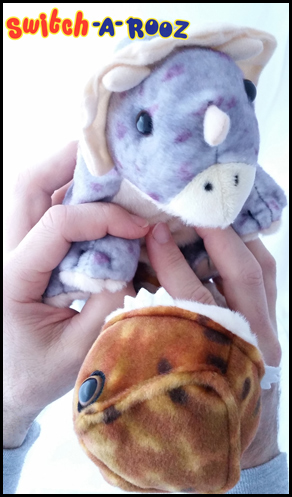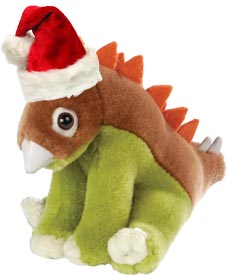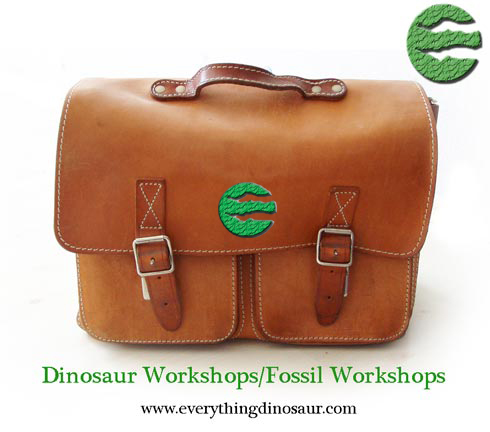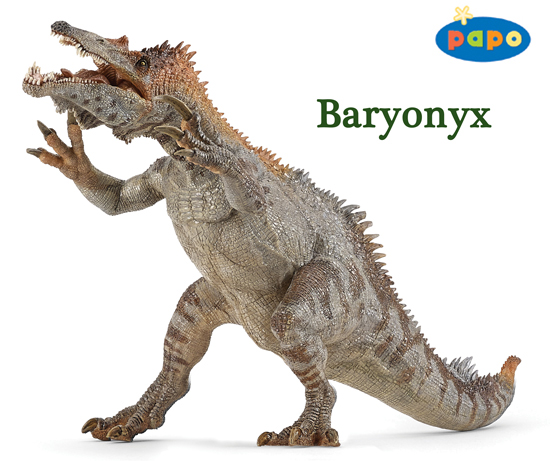Dinner Inside a Dinosaur? What a Wonderful Idea!
New Year’s Feast Held Inside an Iguanodon
As we move towards the close of 2015, our thoughts go back to a very unusual event that took place on this day in London, on New Year’s Eve 1853, there was a dinner inside a dinosaur! To help promote the permanent exhibition at Crystal Palace where the huge, concrete prehistoric animals designed by Benjamin Waterhouse Hawkins under the scientific direction of Richard Owen were to be put on permanent display, a very peculiar dinner party was held.
A Banquet in a Crystal Palace Dinosaur
Twenty-one leading academics and notable persons of the day held a New Year’s Eve dinner inside the belly of the Iguanodon, the largest of the Crystal Palace exhibits that had been commissioned. Eleven of the guests could be seated inside the animal, the remainder were sat at an adjacent table. Even the invitations to the eight course banquet had a prehistoric theme.
The invitations were written on a diagram of an outstretched wing of a pterosaur and they stated:
“Mr Waterhouse Hawkins requests the honour of_________________at dinner in the mould of the Iguanodon at the Crystal Palace on Saturday evening December the 31st at five o’clock 1853 – an answer will oblige.”
The guests (all men) included Richard Owen, he was seated at the head of the table, in the skull of the Iguanodon, as he was regarded as the “brains behind the project”. Naturalist, geologist and the President of the London Geological Society Professor Edward Forbes attended along with eminent geologist Joseph Prestwich and other well-known scientists at the time. Also in attendance were investors in the Crystal Palace Company and newspaper editors, we suspect in order to maximise the media coverage this event would receive.
A Banquet in the Belly of the Beast
Picture credit: Illustrated London News
A Stage Erected Around the Statue
A stage was erected around the giant reptile and from the newspaper accounts it seems that the evening became quite raucous with much drinking and singing. Mounted on plaques around the huge beast were names of prominent scientists of the day who had all played a role in the understanding of the Dinosauria, Georges Cuvier, William Buckland and of course Richard Owen were honoured. Gideon Mantell, who had passed away a year earlier also had a plaque.
Richard Owen was an ambitious man who was quick to exploit developments to suit his own ends. On numerous occasions he belittled the work of his contemporary, he even took credit for a number of Mantell’s discoveries. This evening was no exception. Richard Owen, whose own contribution to the nascent science of palaeontology has been well documented, chose this occasion to take full credit for the study of Iguanodon.
Still on Display at Crystal Palace Park – the Dinosaurs
Picture credit: Everything Dinosaur
Gideon Mantell and Iguanodon
It was Gideon Mantell who named and described Iguanodon and his insight and reconstruction proved to be much more accurate than that of Owen’s. For example, Mantell insisted that the forelimbs of this dinosaur were much smaller than its hind legs, but Owen still recreated Iguanodon with four column-like legs of roughly equal size.
Although much is known about the meal itself, thanks to the illustrators from various newspapers who sketched the scene, debate remains as to exactly where the event was held and indeed, just what the eleven guests inside the “belly of the beast” sat in. Was the final model used, or the mould to recreate the model press-ganged into service as a makeshift restaurant? Perhaps, both were utilised, the final model sat snugly in its mould jacket with portions of the finished beast on display.
Take a look at the illustration from the Illustrated London News above, the head of the Iguanodon shows lots of skin texture, whilst on the side of the body there is none. Perhaps the head of the final model was exposed for the evening with the rest of the enormous replica still encased in its mould.
Dinner Inside a Dinosaur
Preserved copies of the menu card cannot be doubted, this is what the luminaries had to tuck into on the night:
Soups: Hare, Julien and Mock Turtle
Fish: Fillets of Whiting, Turbot à l’Hollandaise, Cod and Oyster Sauce
Removes: Roast Turkey, Ham, Raised Pigeon Pie, Boiled Chicken and Celery Sauce
Entrées: Cotolettes de Moutonaux Tomates, Currie de Lapereaux au riz, Salmi de Perdrix, Mayonnaise de filets de Sole – the French theme presumably to further honour Georges Cuvier
Game: Pheasants, Snipes and Woodcocks
Sweets: Macedoine Jelly, Bavaroise, Charlotte Russe, French Pastry, Nougat à la Chantilly, Buisson de Meringue aux Confiture and Orange Jelly
Dessert: Apples, Grapes Pears, Almonds and Raisins, French Plums, Pines, Filberts, Walnuts and other nuts
Wines: Quite a selection including – Sherry, Port, Madeira, Moselle, Claret and from contemporary reports it seems that a number of the party became exceedingly drunk and boisterous.
Everything Dinosaur stocks a range of iguanodontid models including a 1:40 scale Iguanodon model in the CollectA Deluxe range: CollectA Deluxe Dinosaur Models.
On behalf of everyone at “Everything Dinosaur” we wish you a happy New Year, wherever you are celebrating, even if you are dining inside a giant dinosaur!


